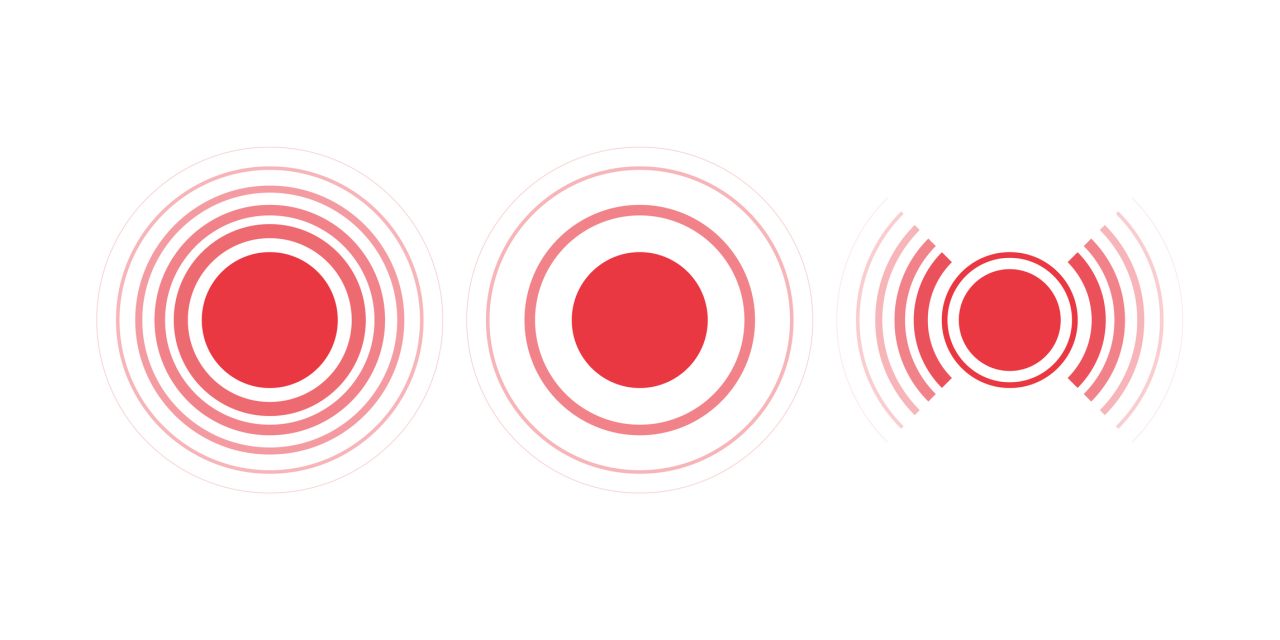The American Acato monitors neonatal jaundice demy of Pediatrics (AAP) recommend screening for hyperbilirubinemia within 48 hours of discharge to monitor neonatal jaundice. When comparing neonates with low-risk jaundice to neonates with high-risk jaundice, Researchers found that neonates with low-risk jaundice were more likely to be readmitted to the hospital for phototherapy. A study determined what other factors enhance the likelihood of jaundice-related readmission. This observational case-control study compared 100 neonates with jaundice who were readmitted to the hospital for phototherapy treatment to 100 neonates who had jaundice during their hospitalization but were not readmitted after discharge. Maternal characteristics, delivery type, and noteworthy events, gestational age at delivery, birth weight and weight loss, neonate physical findings, Apgar scores, laboratory findings, length of hospital stay, and phototherapy administration during hospitalization were retrieved by Researchers from the medical records of all participants.
Researchers also kept track of the time since discharge and readmission for jaundice. With each additional day added to the original hospitalization stay, the risk of readmission decreased by 48% [odds ratio (OR) =0.52; 95% confidence interval (CI) 0.341–0.801], and by 71% (OR=0.29; 95 % CI 0.091–0.891) if phototherapy was administered during postnatal hospitalization. In contrast, every 1% rise in hematocrit increased the risk by 28% (OR=1.28; 95% CI 1.164–1.398), and when the delta in baby weight was > 5%, the risk increased by 2.78 times (95% CI 1.213–6.345; p=0.0156). (the difference between birth weight and weight at discharge during the postnatal hospitalization). When deciding whether or not to discharge a newborn with low-risk jaundice, risk factors for readmission should be considered, such as significant weight loss (> 5% difference between birth and discharge) and an elevated hematocrit. For neonates with high-risk jaundice, the AAP guidelines for reducing readmission rates of neonatal jaundice by postnatal screening for hyperbilirubinemia alone may be more appropriate.
Reference:bmcpediatr.biomedcentral.com/articles/10.1186/s12887-020-02157-y


